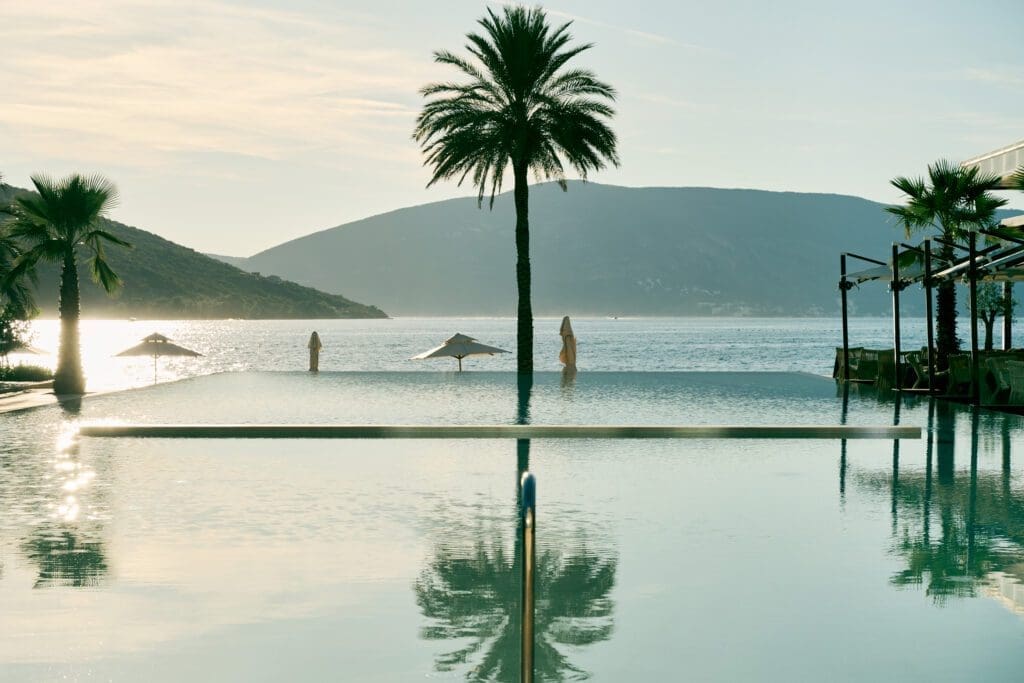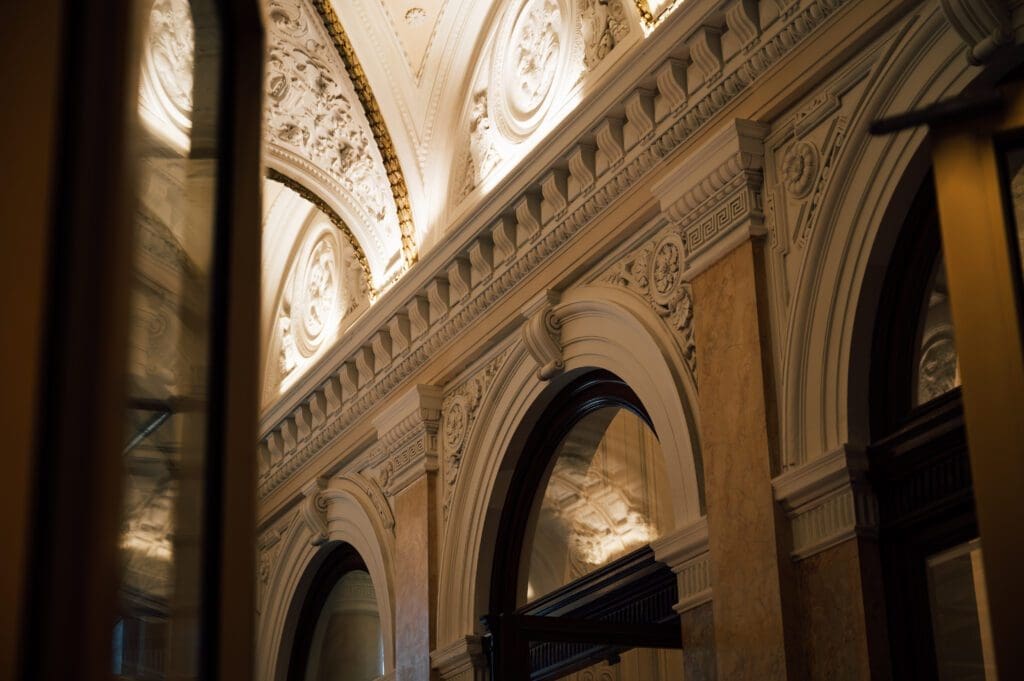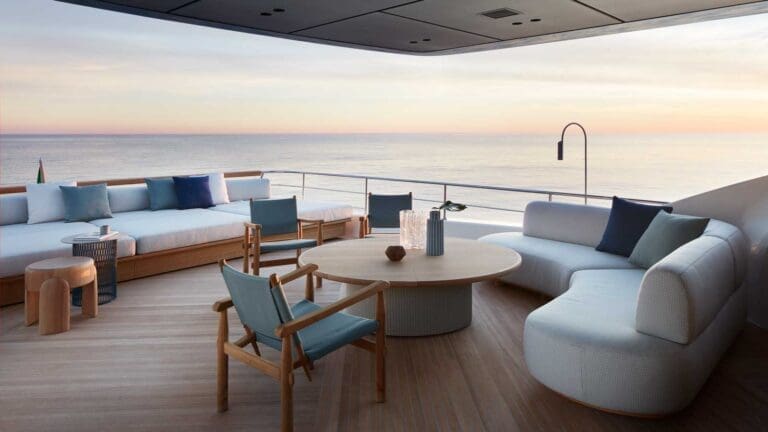The Age of Experiential Escape
Travel has always been about discovery, of places, cultures, and often, ourselves. But in 2025, travel is no longer a luxury reserved for leisure; it’s a lifeline for meaning. Across generations and geographies, consumers are reshaping how they move, spend, and connect. The global travel and tourism sector is projected to expand by nearly 50% over the next decade, and it’s being fuelled not by extravagance, but by emotion.
What we’re witnessing isn’t simply a post-pandemic rebound. It’s a redefinition. Travellers are moving away from accumulation and towards accumulated moments. They’re seeking wellness, connection, and transformation. Experiences that feel restorative rather than performative. For brands, that shift represents both a challenge and an invitation: to create travel narratives that resonate on a deeper human level.

Luxury Reimagined: From Possession to Presence
Where luxury once signalled ownership, it now signifies experience. Time, privacy, and wellbeing have become the new status symbols. The rise of wellness tourism forecast to surpass $1 trillion in value within the next few years underscores how consumers are investing in longevity and emotional renewal.
For high-end hospitality and lifestyle brands, this means the definition of value is shifting from tangible amenities to intangible impact. A serene design language, intuitive service, and sensory immersion are as important as five-star ratings. The modern luxury traveller isn’t asking for “more”; they’re asking for meaning.
This pivot has given rise to what we call slow luxury, the joy of logging off, of spaciousness, of attention. It’s a mindset that prizes stillness as much as spectacle. And as digital burnout grows, that promise of unhurried experience has never felt more compelling.

Connection as Currency
The desire for togetherness is driving a new wave of multigenerational travel. For many, the most valuable souvenir is time shared with partners, parents, children, even pets. Visiting friends and family remains the top reason for holidays across all demographics, and hospitality design is beginning to reflect that: connecting rooms, shared villas, family-style dining, and personalised itineraries built around memory-making.
At the same time, younger travellers are redefining what connection means. They’re drawn to destinations that feel socially conscious and emotionally intelligent places that help them belong, not just arrive. For brands, the opportunity lies in crafting experiences that bridge generations and values alike.

Wellness as the New Wealth
Health is no longer a category of travel; it’s the destination itself. The modern traveller is rethinking wellbeing beyond spa menus and into full sensory living from sleep tourism and mindfulness retreats to longevity-focused resorts.
Luxury wellness has matured from indulgence to intention. For Gen X and Millennial travellers especially, wellness experiences are now integrated into annual travel plans, forming part of a broader pursuit of balance and vitality. Meanwhile, social wellness bathhouses, sound healing, or community-driven fitness experiences are redefining what self-care looks like in an age of reconnection.
For forward-thinking brands, this shift is an open invitation to collaborate across industries: from beauty to hospitality, nutrition to technology. The question is no longer how to serve the traveller, but how to help them feel whole.

Technology, Tailored Travel, and the Pursuit of Ease
Amid the emotional depth of the modern travel narrative, technology is emerging as its quiet enabler. AI-driven curation tools are simplifying decision-making and transforming trip planning into something seamless and intuitive.
Personalisation now accounts for a major share of growth in the travel industry and for good reason. Travellers are increasingly overwhelmed by choice. What they want is clarity, not clutter. The most successful brands will use data not to push, but to guide: understanding preferences, predicting needs, and designing every interaction around empathy and ease.
This is luxury in its most modern form not louder, but lighter.

Local Stories, Global Impact
This has led to the rise of “immersive minimalism” , a preference for smaller-scale, culturally rooted experiences that enrich both guest and host. Luxury travellers want to know where their money goes, who it supports, and what it sustains. In response, brands are reimagining partnership models with local artisans, food producers, and communities proving that cultural stewardship can coexist with commercial success.

The Future of Travel Is Transformational
If the last decade was about access, the next will be about alignment. The modern traveller isn’t just chasing the view they’re chasing a feeling: presence, purpose, connection.
For brands, that means designing experiences that linger beyond the itinerary. Spaces that balance indulgence with intention. Stories that resonate long after the suitcase is unpacked.
Travel is, at its heart, a creative act, a process of reimagining how we live, not just where we go. The brands that understand this will define the next chapter of luxury: one that is quieter, deeper, and infinitely more human.


